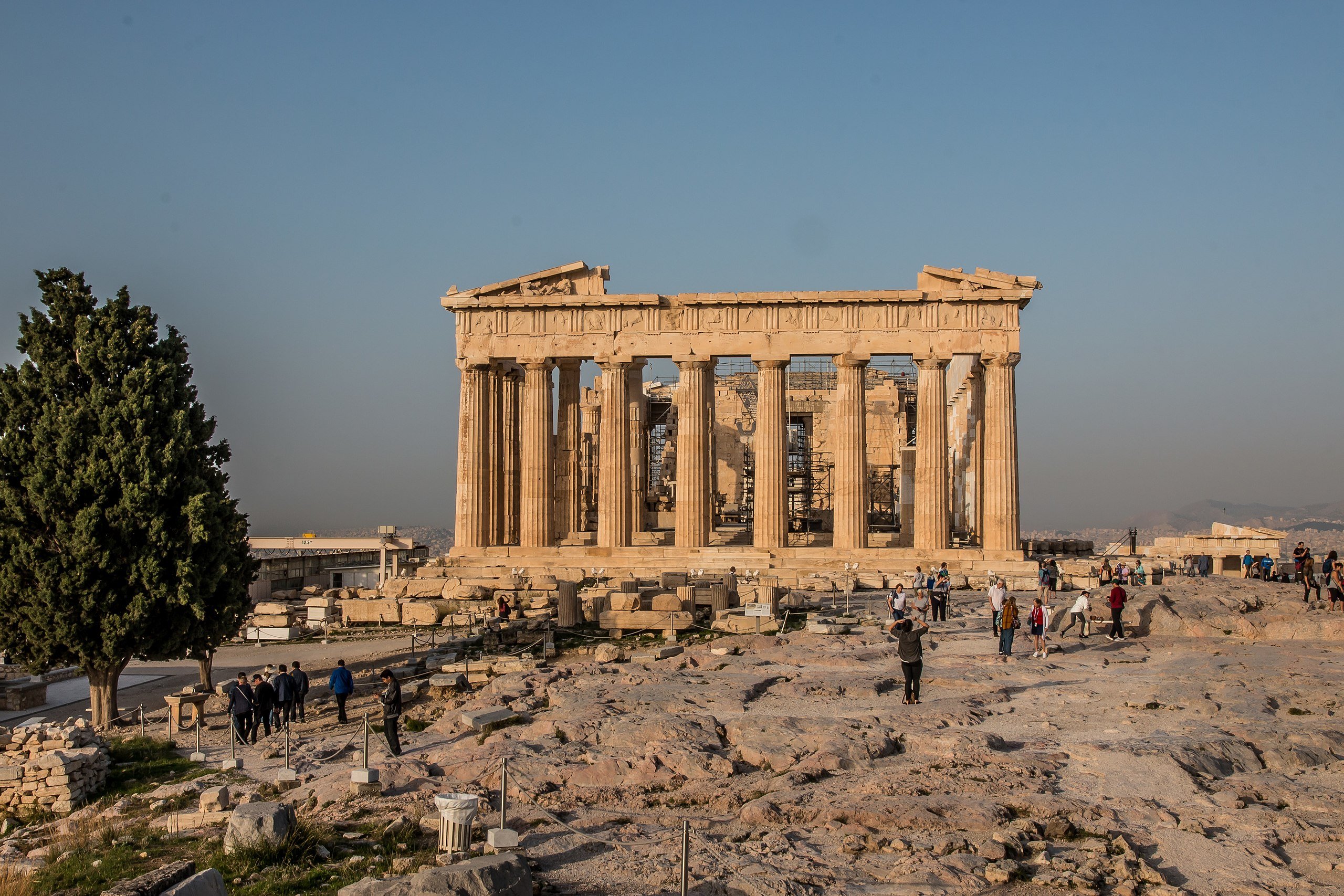
An intriguing claim was published in the American Journal of Archaeology and the Dutch version of the National Geographic magazine in regard to the name of the Parthenon, Greece’s iconic temple.
According to a Dutch researcher who published this theory, the temple of the Parthenon, the ultimate symbol of the nation of Greece, was actually never called ”Parthenon” in antiquity.
Utrecht University archaeologist Janric van Rookhuijzen claims that the building was known in ancient Greek times as the “Hekatompedon” rather than the “Parthenon.”
Theory posits that Parthenon’s name is wrong
“Hekatompedon” (Greek:Εκατόμπεδον) was the name Greeks used to refer to temples which had a length of a hundred feet since the name derives its etymology from the Greek words for “a hundred” (hekaton) and foot (pous).
Van Rookhuijzen also claims that there was indeed a Parthenon temple on the Acropolis, but it was a different, smaller one than the structure which has survived from ancient times.
The Dutch archaeologist claims that this original temple must have taken its name from the Caryatids, who were “parthenes” (virgins) in the temple of the Erechthium just to the side of the Parthenon.
Thus, his rationale is that since that was the temple where the “parthenes” were placed, the Erechthium must have been the temple named after them, bearing the name “Parthenon.”
Of course, there is the wider belief that the Parthenon was named after the goddess Athena, who was also referred to as a virgin (Parthenos) by the ancient Greeks.
The Parthenon of Acropolis design eccentricities are strengths
The Parthenon is one of the most iconic structures in the history of Western civilization. It stands in splendor on Acropolis Hill in Athens as it has stood for 2,500 years. Experts believe that the ingenuity of the Parthenon’s construction has allowed it to miraculously survive the ravages of time, nature, and mankind.
For decades, engineers, architects, and scientists have wondered exactly how this ingenious structure has successfully stood the test of time to continue to tower majestically over the Greek capital.
This architectural and engineering wonder, with its height, width, and depth defining the very concept of perfect proportion, has kept its secrets for many centuries since its completion in the year 438 BC—that is, until engineers and architects recently revealed the Parthenon’s design and construction secrets.
Several studies have found that despite the fact that the temple of the Parthenon does not even have a foundation, it has triple anti-seismic protection which is responsible for keeping it upright after the many earthquakes and upheavals of the past twenty-five centuries.
According to civil engineer Niki Timotheou, studies of its architectural and structural form have shown that ancients peoples had already discovered what we today call “seismic insulation.”
The temple, according to Timotheou, successfully contradicts all theories of modern civil engineering because even though it has no foundation whatsoever and stands right on bedrock it has three means of insulating itself against earthquakes.